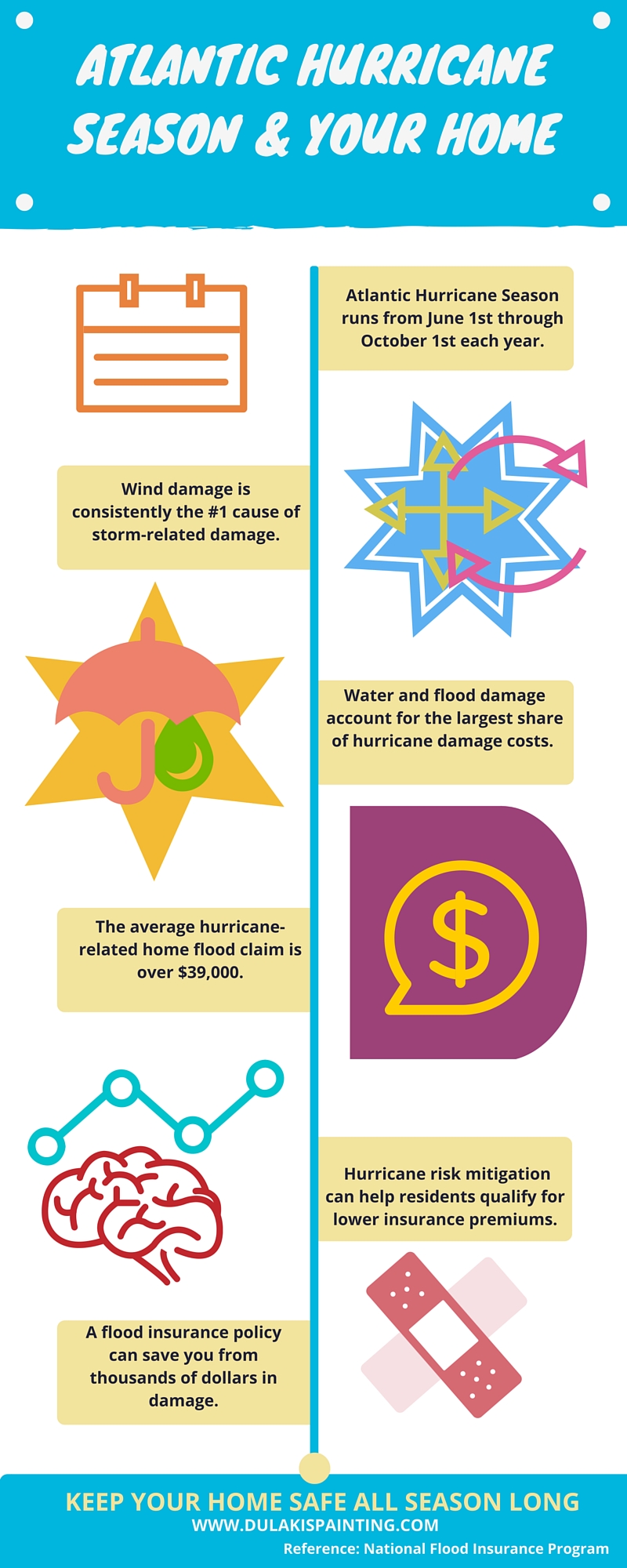Discover The Ways In Which Seasonal Elements Can Impact The Success Of Industrial Outside Paint And Identify The Most Effective Times To Achieve Long Lasting Outcomes For Your Project
Discover The Ways In Which Seasonal Elements Can Impact The Success Of Industrial Outside Paint And Identify The Most Effective Times To Achieve Long Lasting Outcomes For Your Project
Blog Article
Authored By-Aguilar Celik
When you're intending an industrial outside paint project, seasonal variables can make or break your results. does paint thinner expire 'll intend to consider exactly how temperature and moisture effect paint application and drying out times. Selecting the appropriate period can guarantee your paint adheres properly and lasts much longer. Yet which seasons are absolutely the most effective for this type of work? Let's check out the crucial elements that can impact your project's success.
The Effect of Temperature on Paint Application
When you're intending a commercial external paint project, the temperature level can dramatically affect exactly how well the paint adheres and dries.
Ideally, you wish to repaint when temperature levels range between 50 ° F and 85 ° F. If it's too chilly, the paint might not heal properly, leading to issues like peeling off or breaking.
On the other side, if it's as well warm, the paint can dry also promptly, protecting against proper attachment and causing an uneven finish.
You must also think about the moment of day; morning or late afternoon provides cooler temperatures, which can be a lot more positive.
Always inspect the supplier's suggestions for the details paint you're using, as they often provide assistance on the perfect temperature variety for optimum outcomes.
Humidity and Its Result on Drying Times
Temperature isn't the only ecological factor that influences your business external paint project; humidity plays a considerable role also. High humidity degrees can slow down drying times dramatically, impacting the total top quality of your paint task.
When the air is saturated with dampness, the paint takes longer to cure, which can cause concerns like poor adhesion and a greater risk of mold growth. If you're painting on a specifically damp day, be prepared for extensive delay times in between coats.
It's important to keep track of regional weather and plan appropriately. Ideally, aim for moisture degrees in between 40% and 70% for optimum drying.
Maintaining these consider mind guarantees your job remains on track and supplies a lasting coating.
Best Seasons for Commercial Outside Painting Projects
What's the best season for your industrial exterior paint tasks?
should i paint walls and ceiling same color and early autumn are typically your best bets. Throughout these seasons, temperatures are light, and humidity levels are typically reduced, developing suitable conditions for paint application and drying out.
Prevent summertime's intense heat, which can cause paint to dry as well rapidly, causing bad adhesion and finish. Likewise, winter months's cold temperatures can hinder proper drying out and healing, taking the chance of the durability of your paint job.
Go for days with temperatures between 50 ° F and 85 ° F for ideal results. Read Far more in mind to examine the neighborhood weather forecast for rain, as wet problems can ruin your project.
Planning around these factors guarantees your painting job runs smoothly and lasts longer.
Final thought
In conclusion, planning your industrial external paint projects around seasonal factors to consider can make a substantial difference in the end result. By organizing work throughout the ideal temperature levels and humidity levels, you'll ensure far better attachment and drying times. Remember to keep an eye on regional weather prediction and choose the correct time of year-- spring and very early loss are your best options. Taking these steps will certainly aid you attain a durable and professional coating that lasts.
